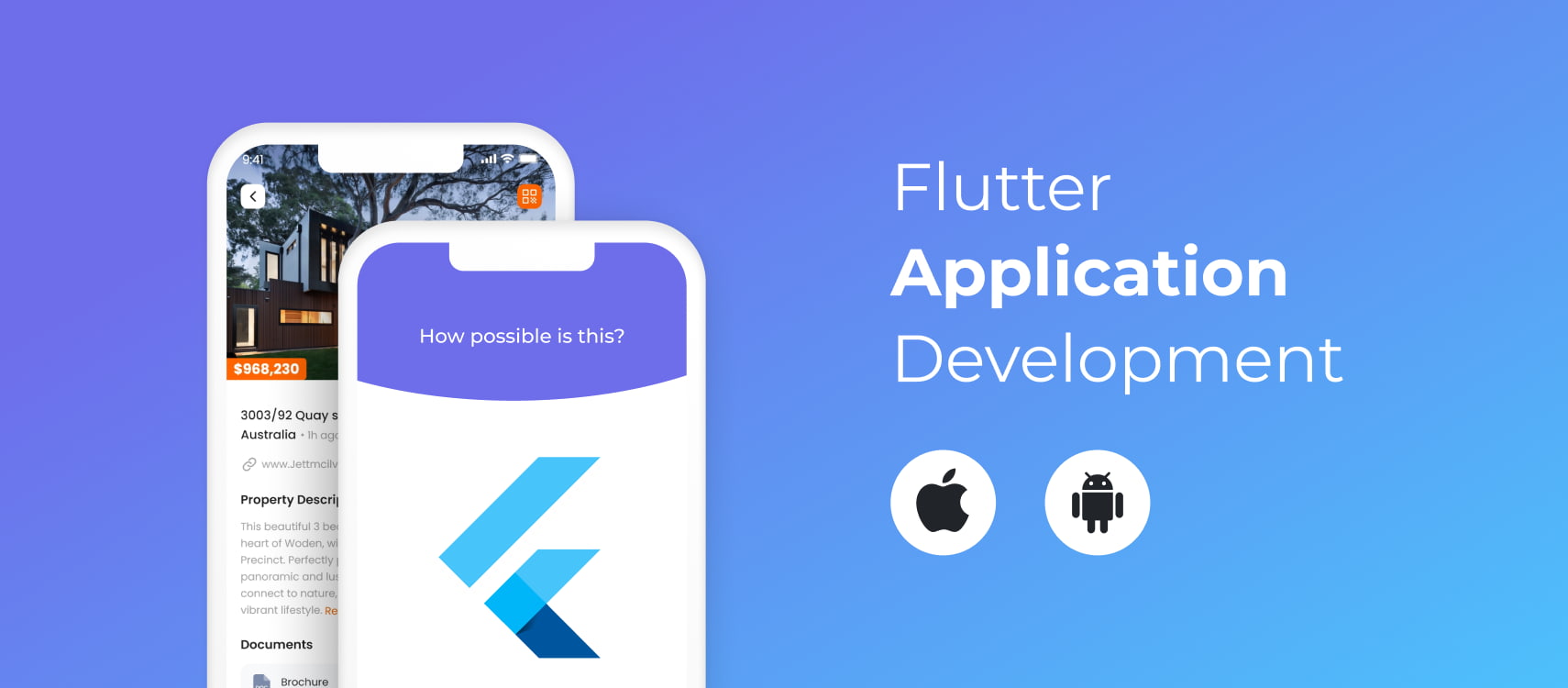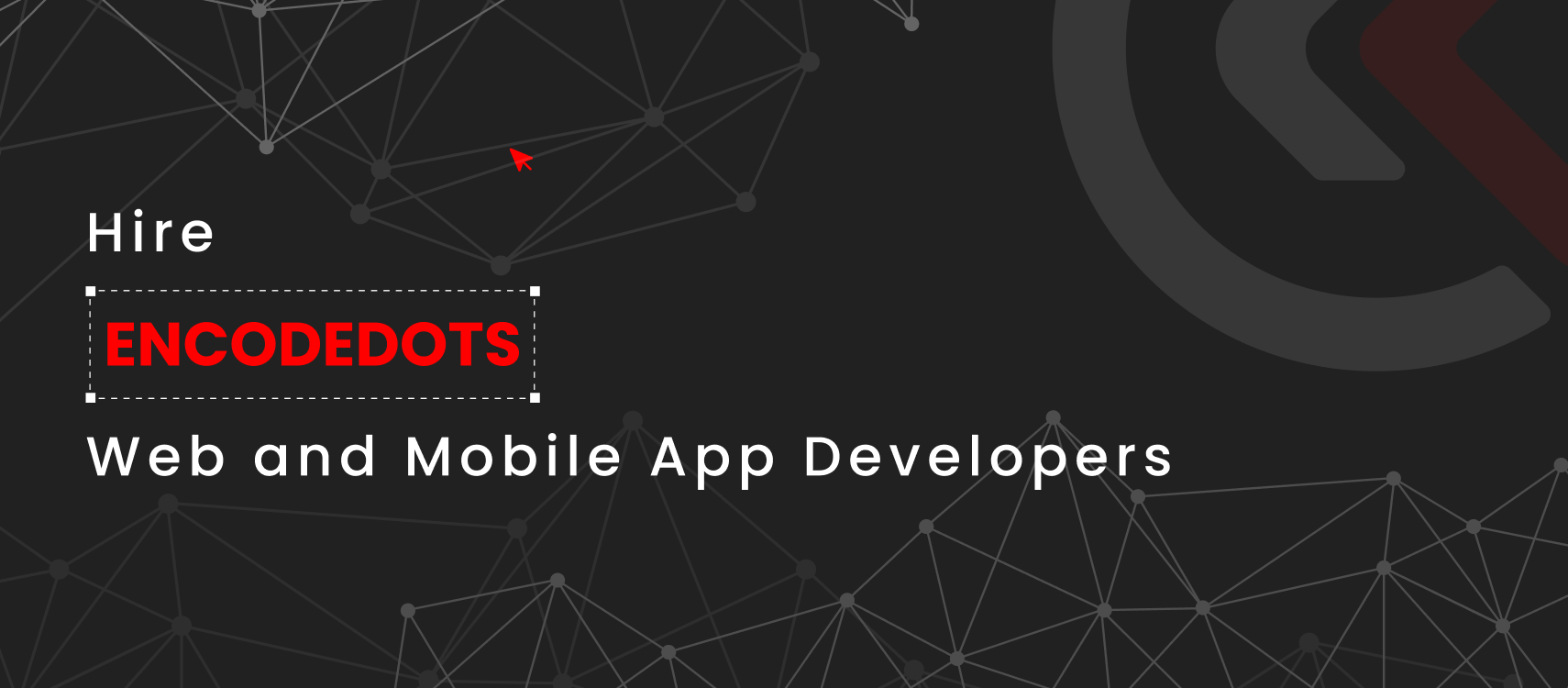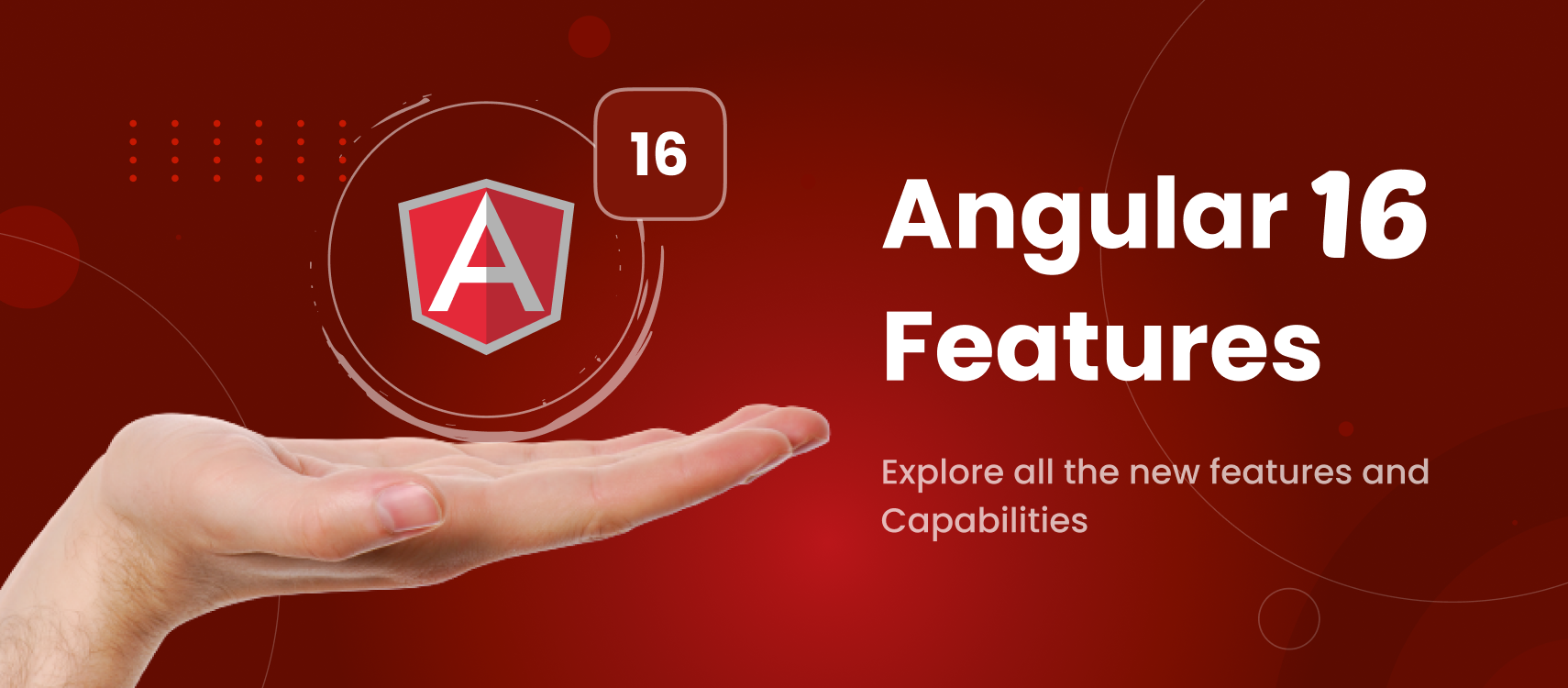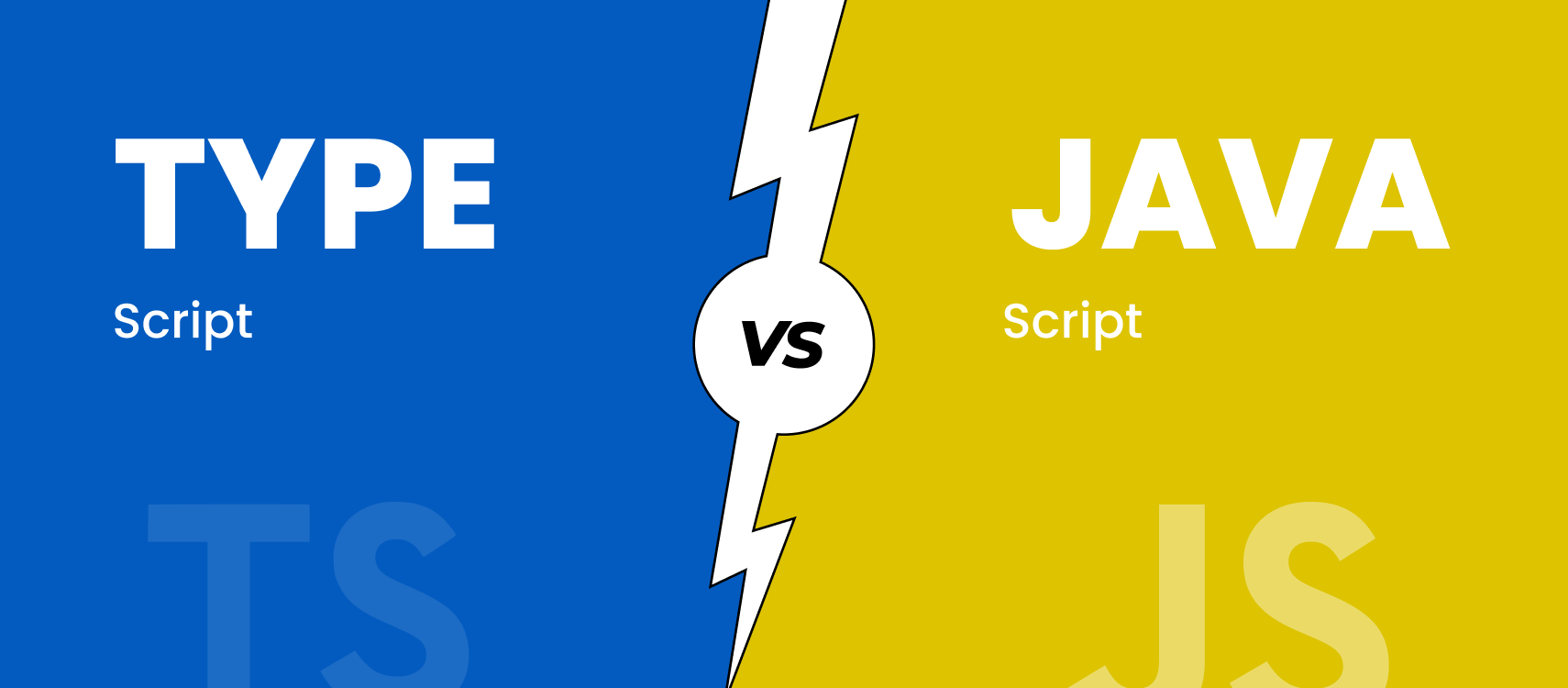Table of Contents
- Let’s Explain Flutter Architecture
- Frontend Capabilities of Flutter
- Backend Capabilities of Flutter
- Flutter Full Stack Examples in Apps
- Full-Stack Advantages of Flutter
- Summarising
Flutter, the popular cross-platform framework developed by Google, has not only gained recognition as a powerful tool for mobile app development but has also emerged as a full-stack technology. Its unique capabilities enable developers to address both frontend and backend aspects of application development, making it a versatile choice for various project niches. So, you can consider hiring Flutter app development company for taking care of the entire app from scratch.
In this blog post we are going to explore Flutter’s architecture, features, and advantages, highlighting how it can be leveraged as a full-stack solution.
Let’s Explain Flutter Architecture
At the core of Flutter is its single codebase approach, which allows Flutter developers to write code once and deploy it across multiple platforms. Flutter utilizes the Dart programming language, specifically designed for building mobile, web, and desktop applications. The architecture of Flutter comprises two key components: the Flutter SDK and the Dart framework.
Flutter SDK:
The Flutter software development kit provides developers with a comprehensive set of tools and libraries that simplify the development process. It introduces a reactive programming model where changes in the application’s state trigger UI updates, resulting in a smooth and seamless user experience.
Dart Framework:
Dart is the programming language used by Flutter and it offers high productivity and performance. With Dart, developers can write code that can be compiled ahead of time (AOT) into native machine code, ensuring fast execution and reduced development cycles.
UI Widgets:
Widgets serve as the building blocks of the user interface in any Flutter app development project. Everything in Flutter is a widget, ranging from buttons and text to images and entire screens. These widgets are declarative, allowing developers to compose and nest them together to create complex UI structures. They offer high customization and responsiveness, resulting in visually appealing and engaging user experiences.
Frontend Capabilities of Flutter
Flutter provides an extensive set of features for frontend development, enabling developers to create visually stunning and highly customizable user interfaces. No wonder, most Flutter app development services focus on frontend development. The framework offers a rich selection of material design and Cupertino widgets, ensuring consistent and adaptive UIs across different devices and operating systems. Let’s summarize Flutter’s frontend capabilities:
Rich User Interface (UI) Development:
Flutter empowers developers to create visually stunning UIs using customizable widgets and a wide range of material design and Cupertino widgets. These widgets are adaptive and platform-aware, ensuring a consistent look and feel across various devices and operating systems.
Hot Reload:
One of Flutter’s most acclaimed features is its hot reload capability, allowing developers to instantly see code changes reflected in the app’s UI. This feature significantly improves development speed and productivity.
Native-Like Performance:
Flutter employs its own rendering engine, called Skia, to create and render UI elements directly on the target device. This approach eliminates the need for platform-specific UI components, resulting in exceptional performance and a native-like user experience.
Backend Capabilities of Flutter
While Flutter is renowned for its frontend capabilities, it also offers robust backend capabilities that contribute to its full-stack potential. By seamlessly integrating with Firebase, Google’s mobile and web application development platform, developers can leverage powerful backend services such as real-time databases, cloud storage, authentication, and push notifications. Let’s summarize Flutter’s backend capabilities:
Firebase Integration:
Flutter seamlessly integrates with Firebase, which provides a range of backend services, including real-time databases, cloud storage, authentication, and push notifications. By leveraging Firebase, developers can effortlessly build scalable and robust backend infrastructures for their Flutter applications.
Networking and API Integration:
Flutter offers extensive support for networking and API integration, enabling developers to interact with backend services and retrieve data from remote servers. It provides HTTP client libraries and built-in support for handling JSON data, simplifying data transmission over the network.
Dart Server-Side Frameworks:
Dart, the language used by Flutter, offers server-side frameworks like Aqueduct and Angel, facilitating the development of RESTful APIs and server applications. These frameworks provide tools and abstractions to handle HTTP requests, manage databases, and implement business logic on the server side
Flutter Full Stack Examples in Apps
Flutter, a cross-platform mobile app development framework, provides developers with the ability to build full-stack applications that encompass both the frontend and backend. This versatility allows for the creation of robust and feature-rich apps that span multiple platforms.
Here are a few examples of apps in which Flutter can be used for full-stack development:
Expense Tracker Apps:
By using Flutter for the frontend and Firebase for the backend, already developers built simple financial tools like expense trackers. Flutter is pretty useful for all-round purposes such as authentication, data storage, and real-time updates of financial apps.
Flutter E-Commerce App:
Many developers have created e-commerce apps using Flutter as both the frontend and backend framework. These apps demonstrate the power of Flutter’s UI capabilities combined with server-side frameworks like Node.js or Django. By building the backend with Flutter, developers can create a seamless and consistent experience across different platforms.
Task Planner App:
Flutter can be used to build task planner or to-do list apps that include both the frontend and backend components. These apps often leverage databases like Firebase or MongoDB to store and synchronize task data across multiple devices. By utilizing Flutter for the full stack developers can create efficient and responsive task planner apps with real-time updates.
Social Media Apps:
Flutter’s full-stack capabilities are also suitable for developing social media applications. Flutter can handle the frontend UI components, while server-side frameworks like Node.js or Ruby on Rails can be used to manage user authentication, data storage, and real-time communication. This combination allows for the creation of interactive and engaging social media platforms.
Full-Stack Advantages of Flutter
Flutter offers several advantages for full-stack development, empowering developers to build comprehensive and scalable applications. With seamless backend integration options and holistic development capabilities, Flutter allows developers to control the entire product development lifecycle effectively. Let’s summarize the full-stack development advantages of Flutter:
Code Reusability:
Flutter’s single codebase approach enables developers to reuse a significant portion of their code across different platforms. This dramatically reduces development efforts, speeds up time-to-market, and simplifies maintenance.
Faster Iterations and Testing:
Flutter’s hot reload feature allows developers to iterate quickly and test changes in real-time. This agility in the development process enhances productivity and facilitates faster bug fixes and feature enhancements.
Consistent User Experience:
Flutter’s UI widgets ensure a consistent user experience across platforms, providing a uniform look and feel regardless of the operating system. This consistency enhances user satisfaction and reduces the learning curve associated with using the app on different devices.
Seamless Backend Integration:
By integrating with Firebase and offering native networking and API capabilities, Flutter simplifies backend integration and reduces the complexity of building robust server-side components. This holistic approach enables developers to focus on the entire product development lifecycle, from frontend to backend, without relying on external frameworks or technologies.
Summarising
Flutter’s classification as a full-stack product development technology stems from its unique architecture and its ability to address both frontend and backend aspects of application development. With Flutter, developers can build rich, cross-platform applications with ease, leveraging its extensive UI capabilities, backend integration options, and code reusability.
By adopting Flutter, businesses and developers can streamline their development processes, reduce time-to-market, and deliver consistent user experiences across multiple platforms. As Flutter continues to evolve and gain momentum, it is poised to play a pivotal role in the future of full-stack development.










